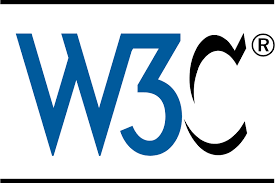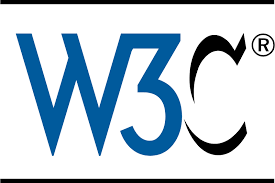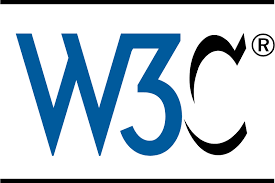Cloud Storage TWG
The Cloud Storage TWG acts as the primary technical entity for the SNIA to identify, develop, and coordinate systems standards for Cloud Storage. This group aims to produce a comprehensive set of specifications and drives consistency of interface standards and messages across the various Cloud Storage related efforts. The TWG also documents system-level requirements and shares these with other Cloud Storage standards organizations under the guidance of the SNIA Technical Council and in cooperation with the SNIA Strategic Alliances Committee.











